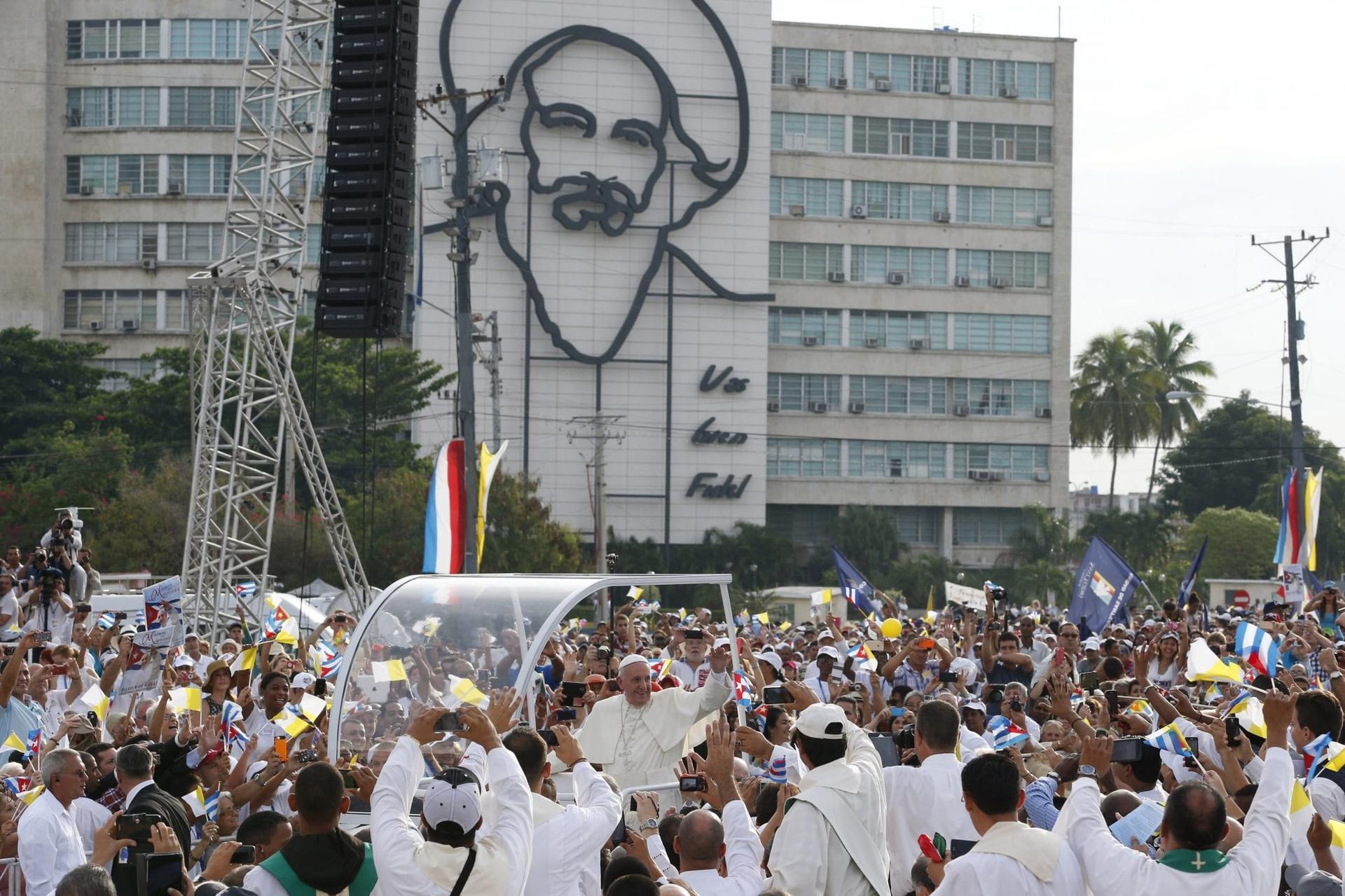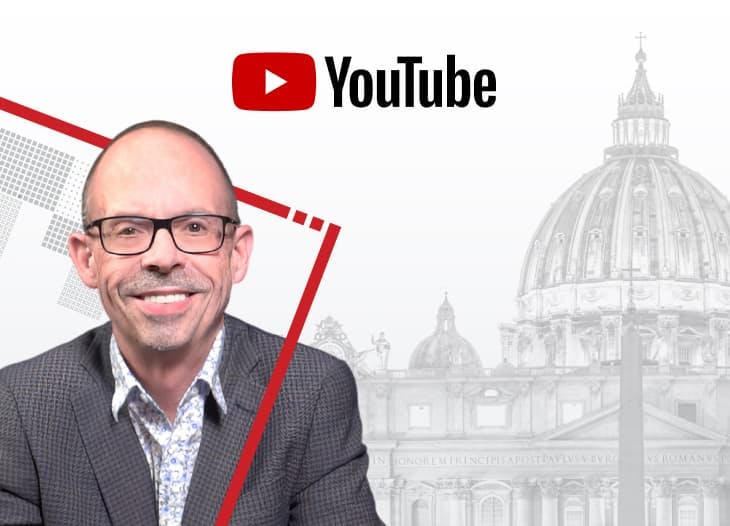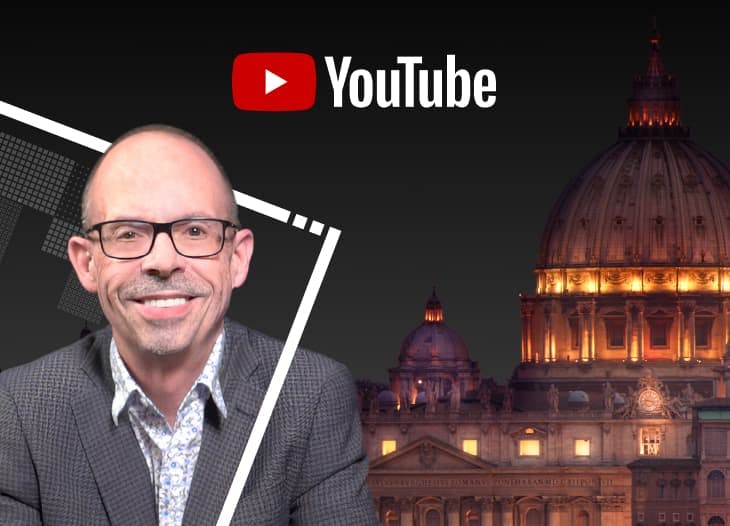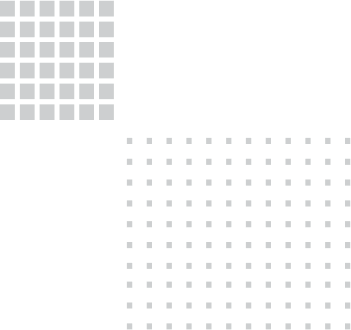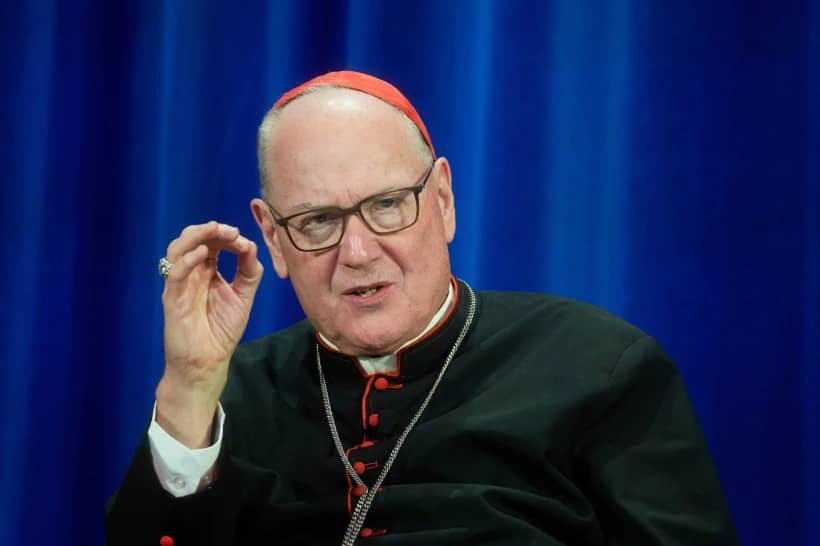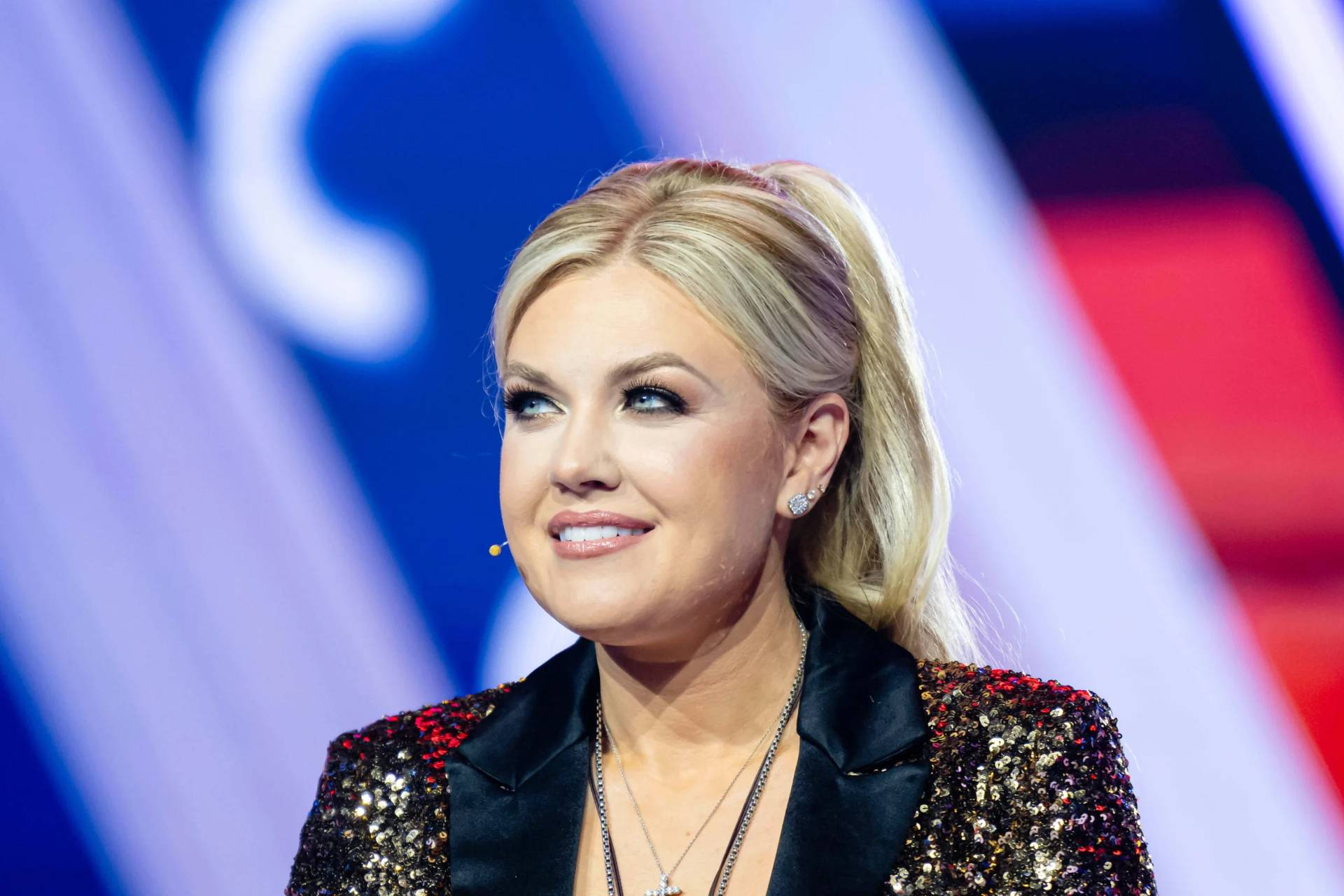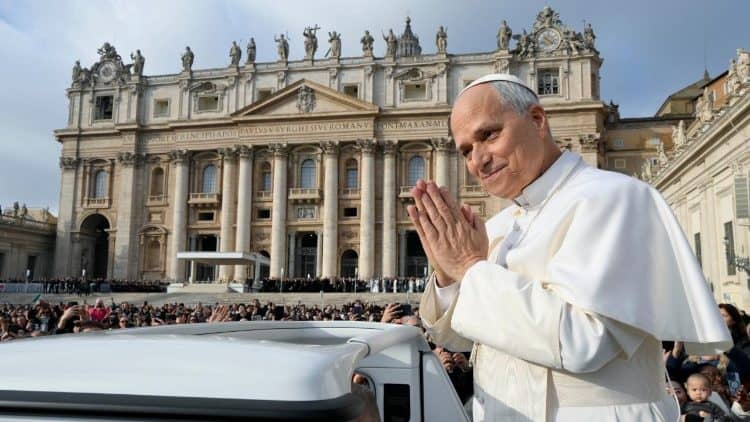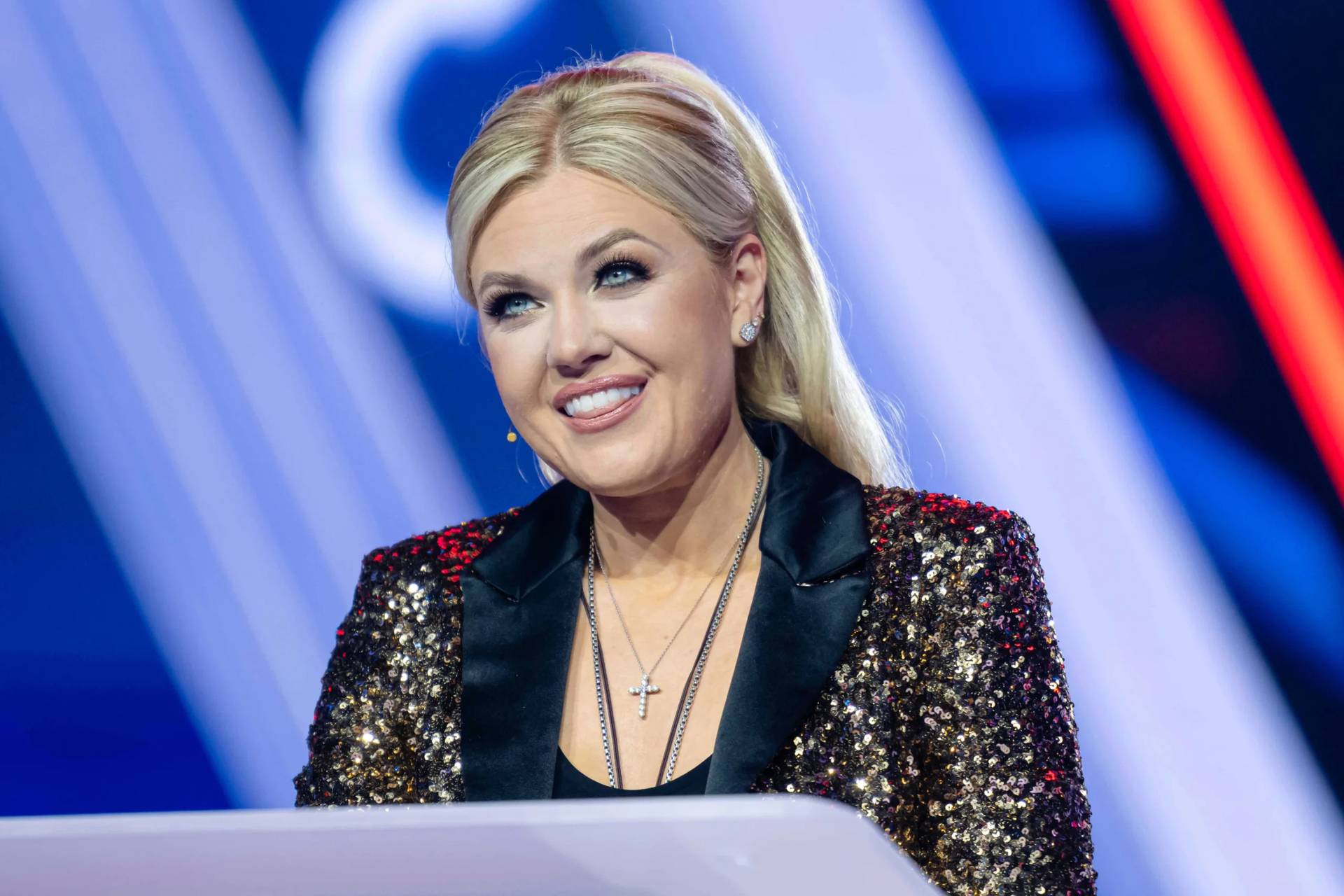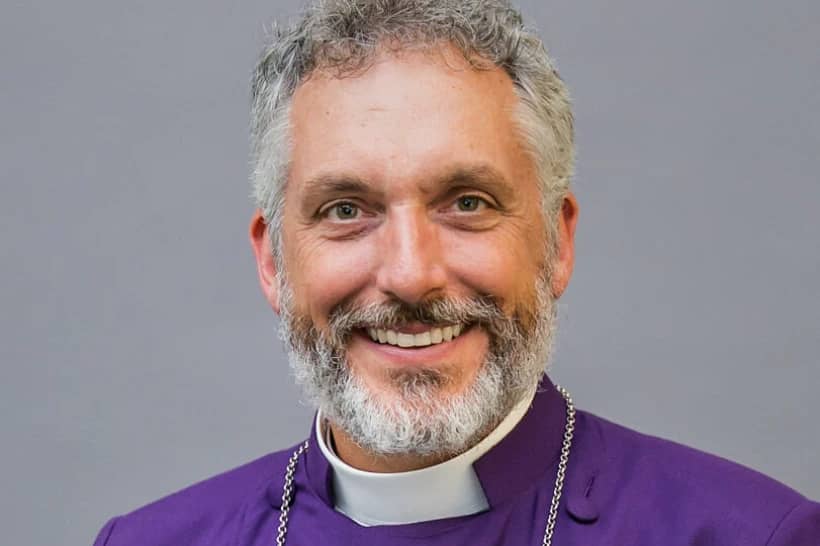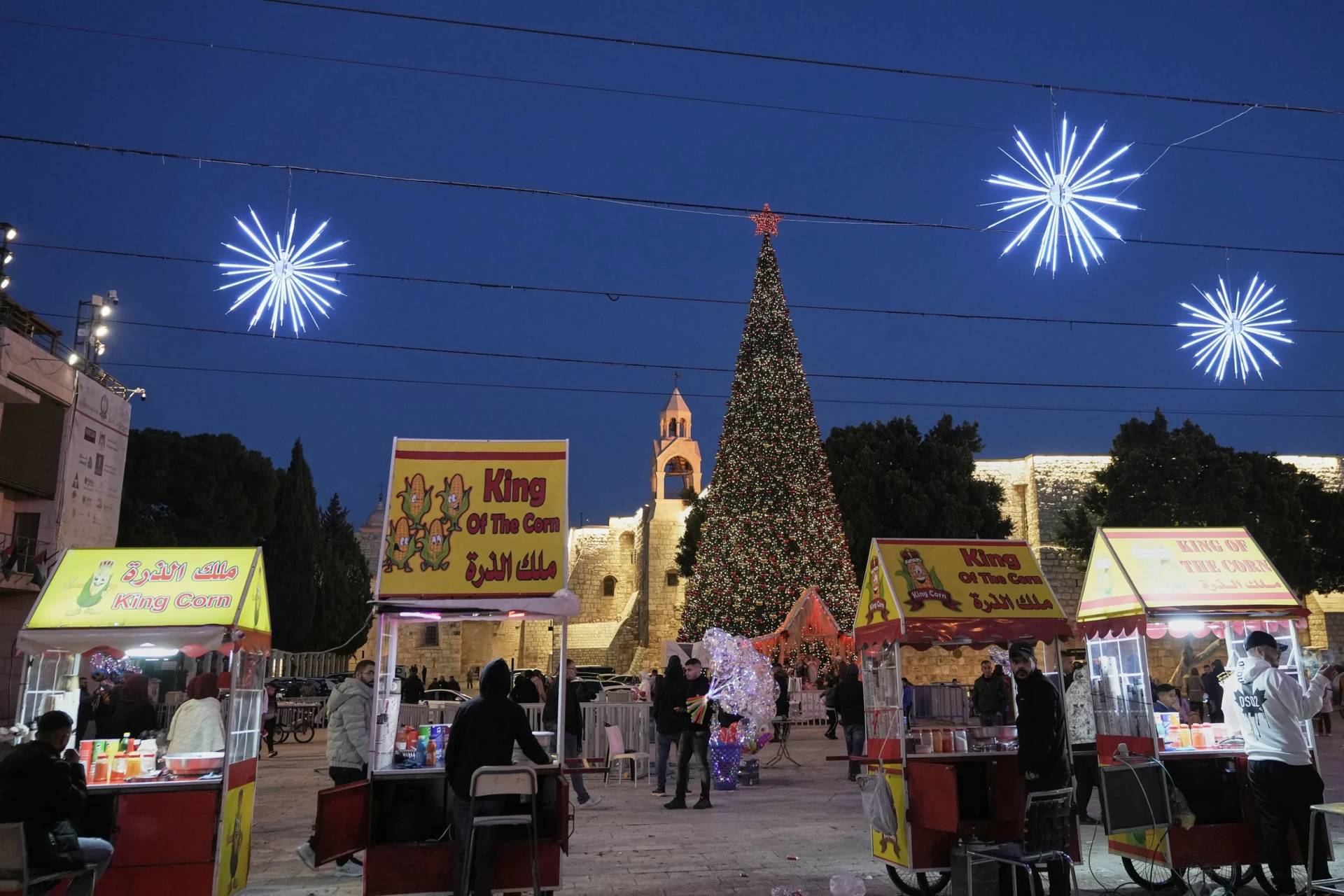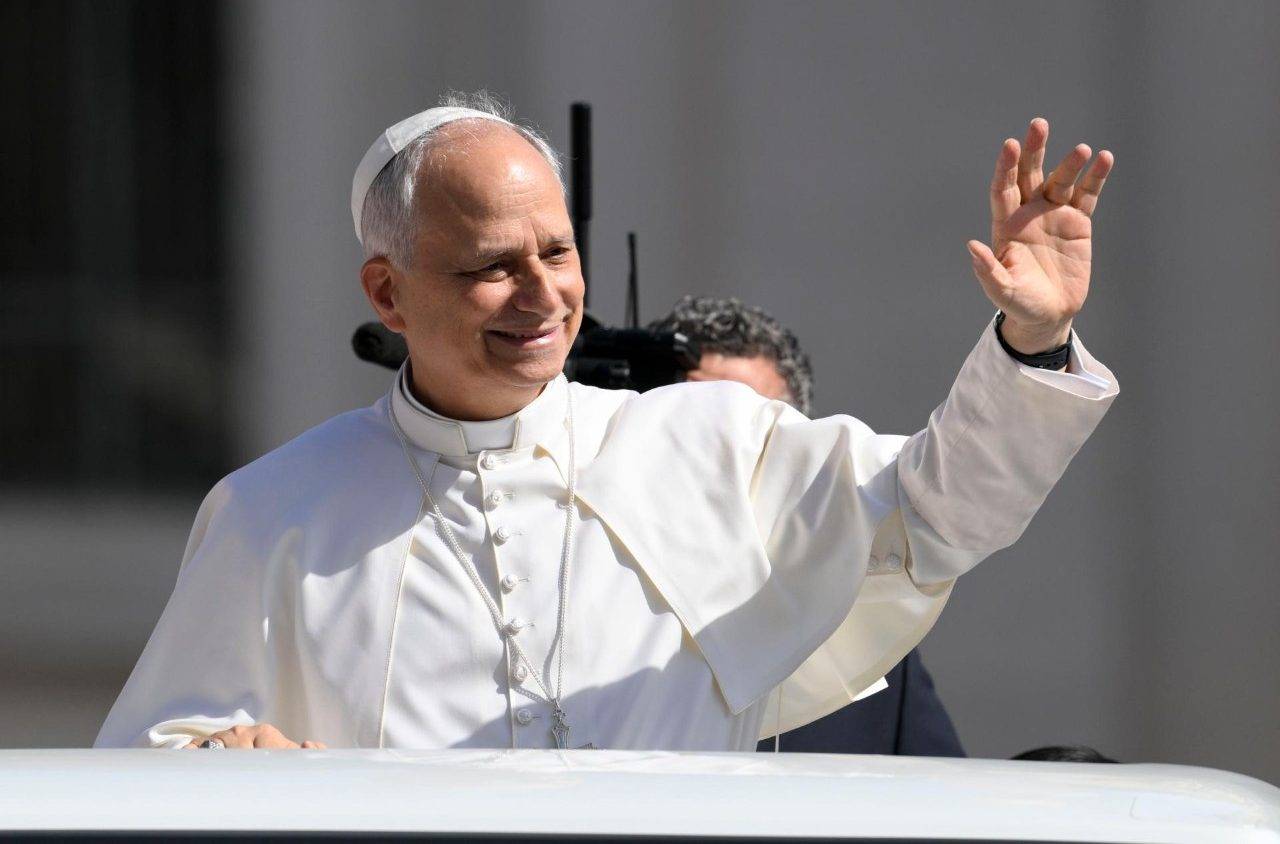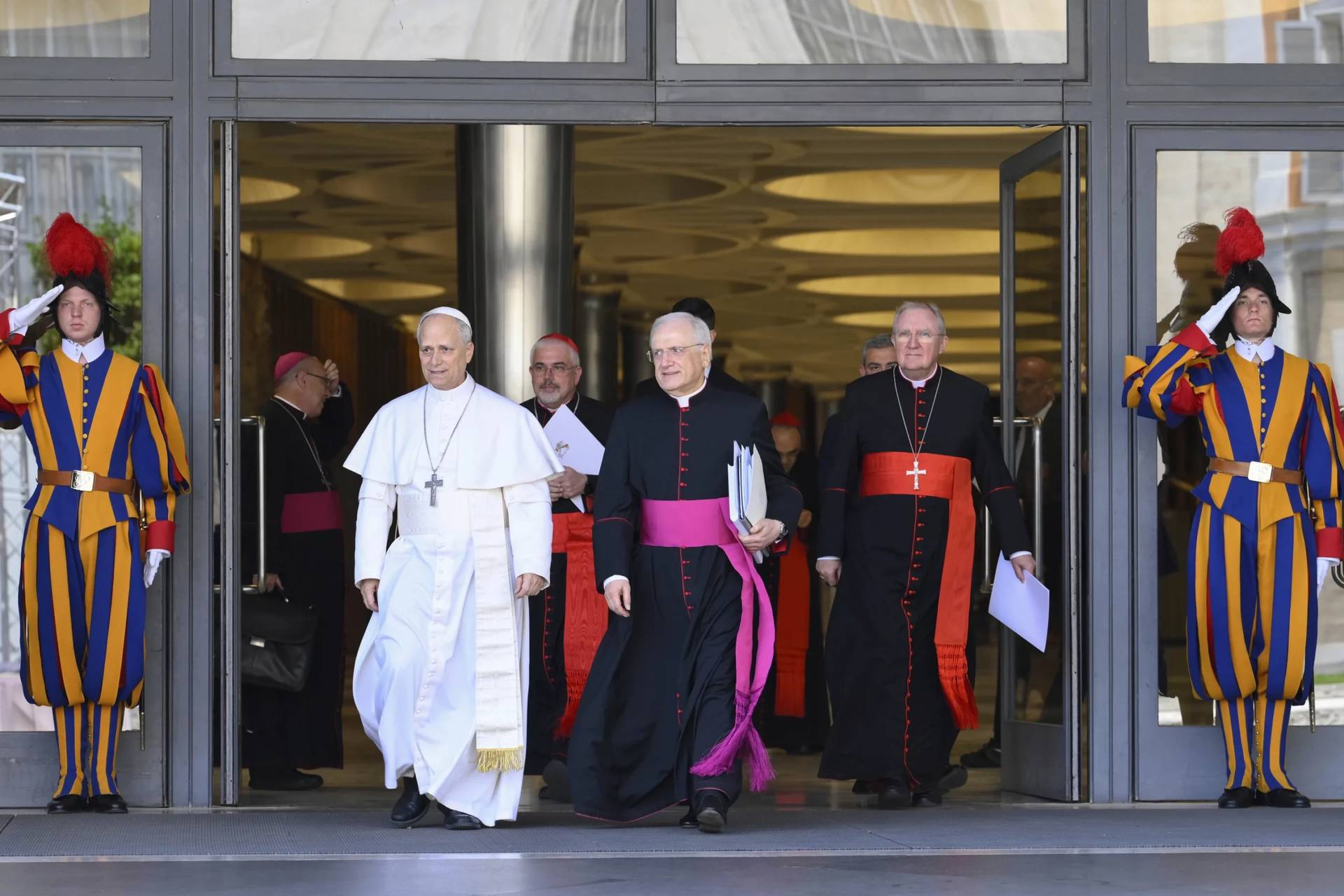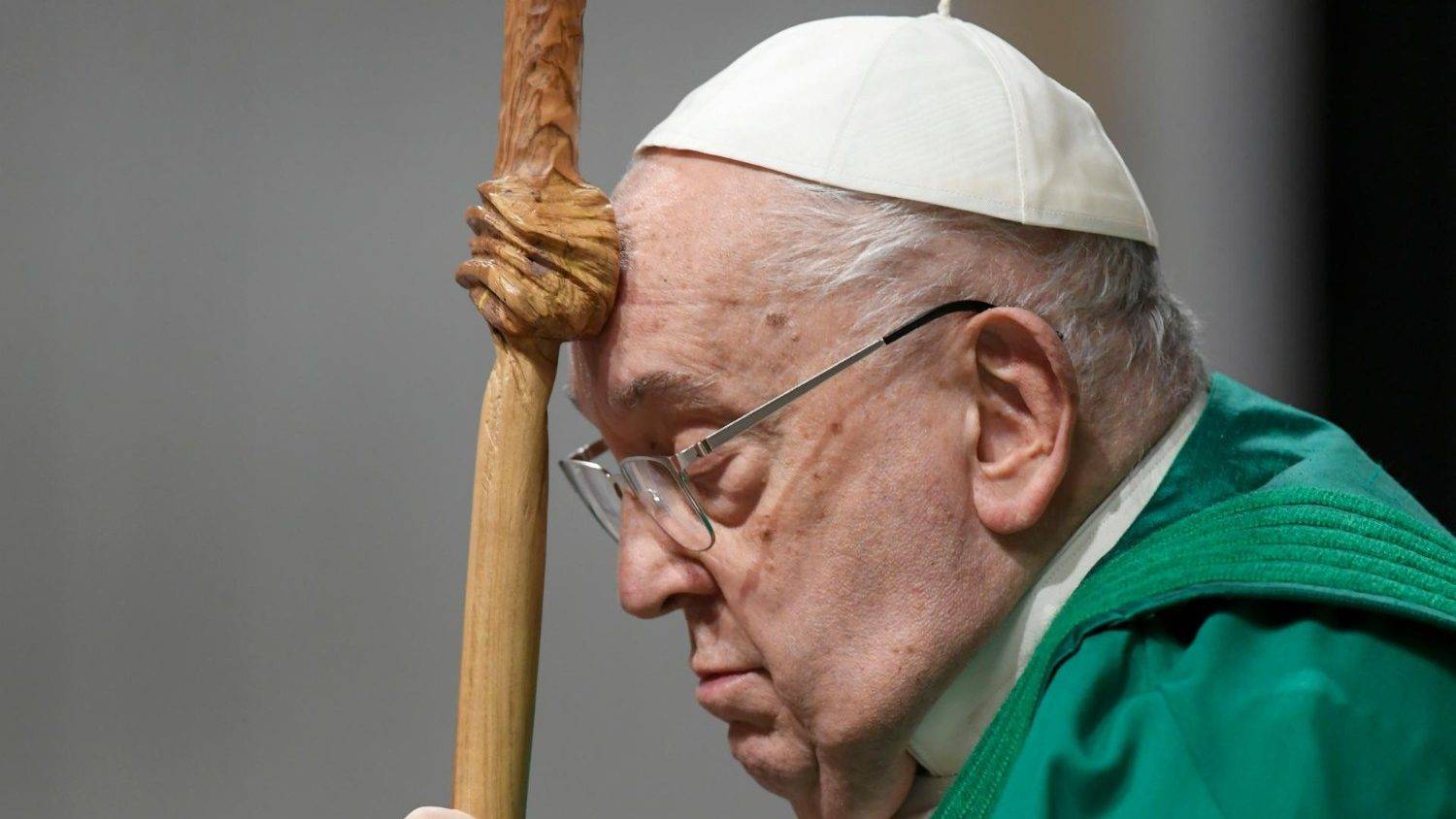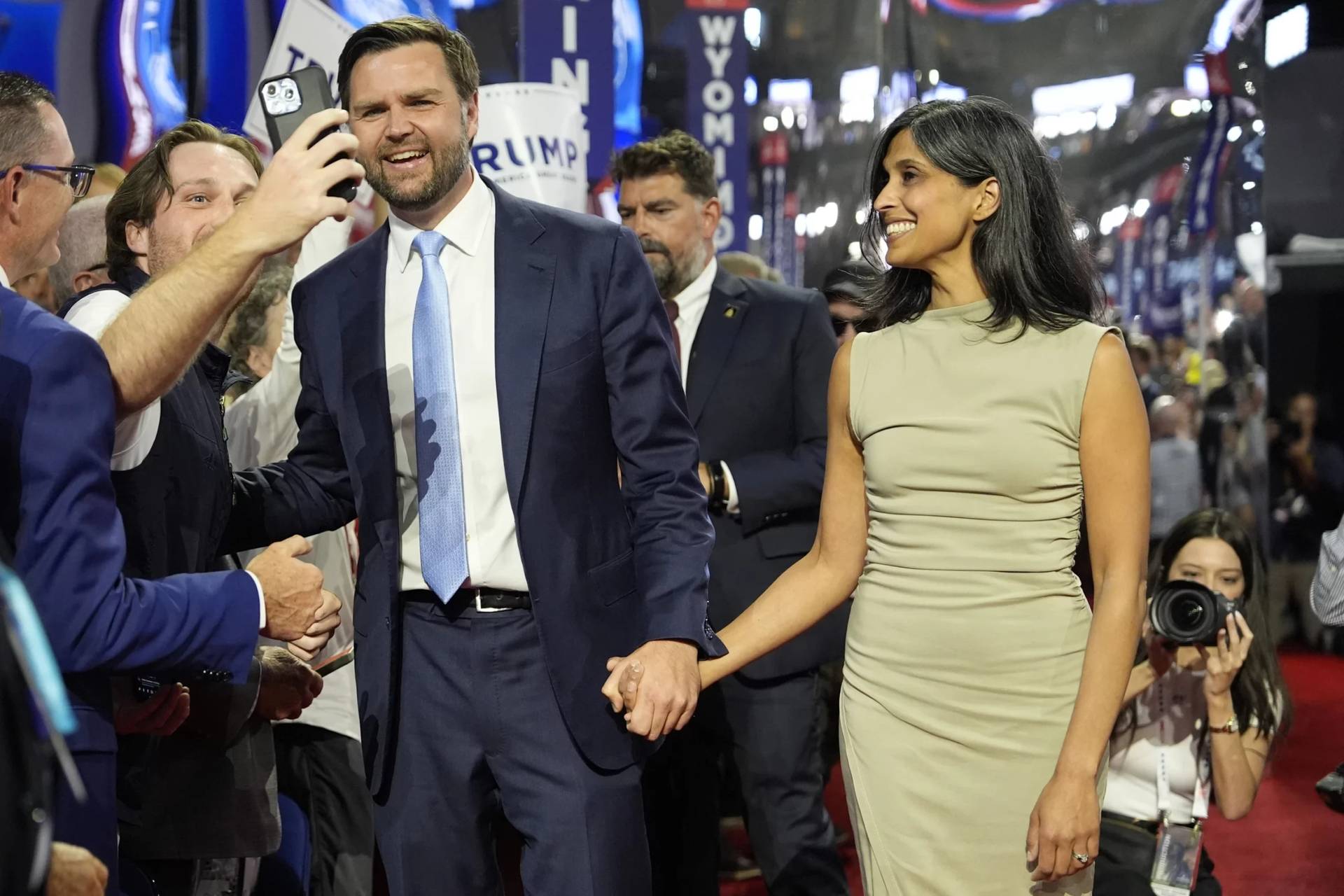BOGOTÁ, Colombia — When Francis went to Cuba a year ago it was treated by much of the US media as little more than a stop-off prior to his United States visit, while commentators who did pay attention were critical of what they saw as a failure to stand up to the communist regime.
Because the pope didn’t meet dissidents, blast Marxism or mention human rights, but spent time in private one-on-ones with the Castro brothers, he confirmed the jaundiced view of many Americans of a Latin-American lefty soft on fellow lefties.
Yet no one following this trip up close could share that view. This was a key journey with major regional geopolitical objectives, aimed at hatching a new future for an island whose decaying regime is nervously embracing change.
The importance Francis himself attached to the visit is reflected in the three days he spent on the island — only one day less than in the U.S., despite the massive disparity of size and importance between the two nations.
Francis came as a “missionary of mercy” with a categorical message of reconciliation — with the United States, between Cubans living on different sides of the Florida Strait, and within Cuba.
Francis was both the instrument and guarantor of the US-Cuba diplomatic thaw that made the visit possible, a thaw that has since opened the door to a new future not just for Cuba but for the hemisphere.
“It’s not the Pope, it’s Latin America who’s talking to you here,” he apparently told President Barack Obama in the run-up to the diplomatic breakthrough in December 2014. “You wanted to isolate Cuba but it’s you who have become isolated.”
The Florida Straits — and to a large extent the Mexican-U.S. border — are to this pontificate what the Berlin Wall was to that of St. John Paul II, i.e. the chance to overcome ancient polarizations. In the words of the Polish pope in 1998, repeated by Francis as he arrived, the aim was “to open Cuba to the world, and the world to Cuba.”
What was John Paul II’s prayer has become Francis’s task. By entering the U.S. from Cuba, flying direct to Washington D.C. from Havana a year ago tomorrow, the pope opened a flightpath used by Obama in March and increasingly since by commercial airlines.
Francis went to build Cuba’s future, to encourage the island’s hesitant but irreversible transition from a closed Marxist regime to a pluralist and democratic one, a transition that the Church hopes will allow Cuba to preserve its sovereignty — which most Cubans see as the key benefit of the 1959 revolution.
While never directly challenging the communist regime —which would have only emboldened regime hardliners opposed to Raúl Castro’s Glasnost — Francis spoke directly to what he called “the soul of the Cuban people,” affirming their distinctiveness and their unique gifts, while inviting them, gently, to build a new society on the basis of concrete human solidarity rather than abstract ideologies.
Recognizing that Cuba has always been a hemispheric lynchpin straddling east and west, north and south, Francis invited its people to embrace a noble calling for the island as a center for dialogue and reconciliation.
“Cuba’s natural vocation is to be a point of encounter for all peoples to join in friendship,” Francis said on arriving at Havana.
It is a role Cuba has embraced with relish. For the last four years, Havana has been the venue for talks leading to the peace agreement reached last month between Colombia’s government and its FARC guerrillas.
Without Cuba, it’s generally agreed by both sides here, there would be no peace to be signed next week in Cartagena and put to a popular vote on October 2.
From the moment he landed, in other words, Francis’s visit was about affirming Cuba’s dignity and sense of self prior to the island opening its doors to American cash and tourists.
Whenever he met and addressed ordinary people — which seemed to delight him in Cuba even more than on his other trips — he urged them to stay true to its Christian and national traditions.
At Mass in Havana’s Revolution Square, for example, Francis said Cubans should protect and embrace their distinctive calling, “to care for these gifts which God has given you” and not to neglect them “for plans which can be seductive, but are unconcerned about the face of the person beside you.”
Revolution Square was a dramatic backdrop for a papal Mass. In intense heat, the Pope preached to a muted 200,000-strong crowd from an altar on a temporary stage suspended between icons of power and service, temporal and spiritual.
To the left were the words Misionero de la Misericordia (‘Missionary of Mercy’), the theme of this visit, above pictures of Mother Teresa kissing a leper. To the right was the famous image of the Pope’s fellow Argentine, Che Guevara, and the revolutionary slogan, Hasta La Victoria Siempre (‘On towards victory’).
From where I stood on the press stage, I could see agents from Cuba’s secret police rugby-tackle a small group of dissidents trying to reach the Pope. No one else seemed to notice.
Almost at the same time, with Raúl Castro and two other Latin-American presidents – of Argentina and Panamá – present, Francis told them: “Service is never ideological, for we do not serve ideas, we serve people.”
This was a message, and a visit, aimed well beyond Cuba, for Francis is convinced that if the island can develop a government and society in keeping with its values and traditions — avoiding the fate of other Caribbean islands that are little more than U.S. satellites dependent on offshore banking and gambling — it can become a model for the region, and for Latin America as a whole.
In that first speech, and throughout his time in Cuba, the pope linked together its Catholic tradition with its struggle for autonomy, seeking to put back together what Marxist ideology had sought to separate.
Referring to the 100th anniversary of Our Lady of Charity of El Cobre as patroness of Cuba, for example, he observed that the declaration had followed a request by veterans of Cuba’s independence wars who saw her as symbol of “a free and sovereign nation.”
The pope added that the growing devotion to the Virgin – the Church in Cuba reckons half of Cuba’s 11m people turned out to see her statue when she was taken around the island in 2011 – was “a visible testimony of her presence in the soul of the Cuban people.”
Like his predecessors, Francis’s visit was also about encouraging the Church to occupy and expand the narrow zones of freedom it occupies on the island. The Church has become increasingly active in two areas traditionally regarded as monopolies of the state: care for the poor and education, helping to form citizens for Cuba’s future.
Speaking afterwards outside the Félix Varela Cultural Centre next to Havana’s cathedral – named after the priest who first urged Cuban independence – he urged young people to dream, to hope, to be open, and to build “social friendship” across boundaries, lyrically invoking “the sweet hope of the homeland which we need to reach.”
Once he left Havana, Francis’s messages became more straightforwardly pastoral. At a Mass for 150,000 joyous Catholics in the eastern city of Holguín he preached on Jesus recruiting St Matthew by his merciful gaze, before going on to Santiago, Cuba’s second city, to pray at the shrine of the Virgin of El Cobre.
But he never stopped shoring up the island’s Christian foundations and distinctive story, reflecting, for example, on the way the shrine had kept alive the roots and identity of the Cuban people. He also praised grandmothers and mothers for “keeping open a tiny space, small as a mustard seed, through which the Holy Spirit continued to accompany the heartbeat of this people.”
Francis returned to Cuba in February, en route to Mexico, for the historic meeting with the Russian Orthodox Patriarch Kiril.
“If Cuba carries on like this,” the pope joked after the meeting, “it will be the capital of unity.”
It is a noble goal, which Francis’s visit was determined to help Cuba to achieve.
